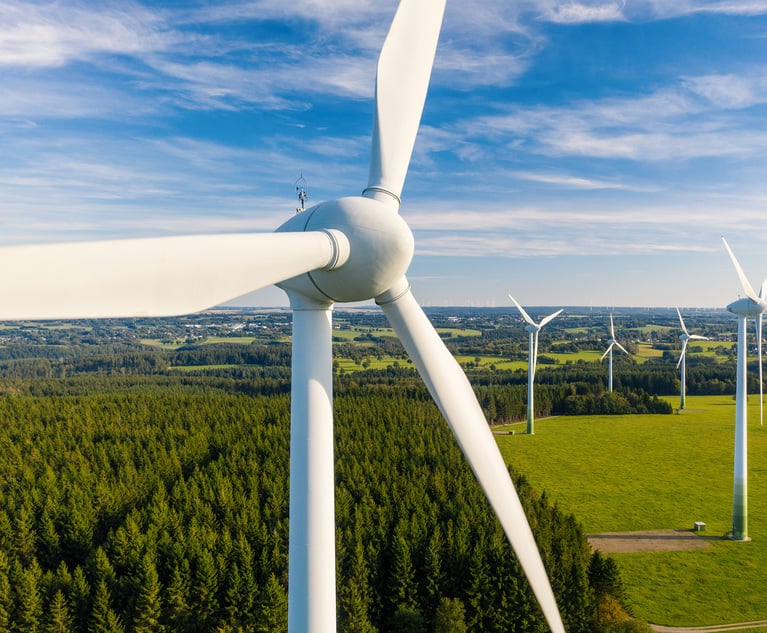Although Texas has been one of the epicenters of wind development, the state has not passed any laws recognizing or rejecting the ability to sever a “wind estate.” Investors have been hopeful that Texas courts will lead the charge in recognizing or creating wind rights for three major reasons: (1) Texas has more wind power capacity than any other state, so Texas’s actions are immensely significant for the industry, (2) Texas has created and maintained the highest level of jurisprudence relating to the creation and development of mineral rights (the potential corollary to wind rights), and (3) Texas courts are well known for fiercely protecting the rights of individual landowners to develop and divest land in the manner that they best see fit. The risk surrounding whether Texas courts would recognize the severability of a wind estate dissipated in May 2023 when a judge confirmed the right to sever wind rights and a jury awarded damages for the first time under state law. Unfortunately, a plethora of uncertainty remains.
Ridge Renewables, LLC v. Hale County Wind Farm, LLC et al.
On Aug. 24, 2010, Glendale King, who owned 256 acres of land in fee simple absolute, signed a wind lease with Hale County Wind Farm LLC. The lease expired on Aug. 24, 2017. On Jan. 12, 2011, King conveyed certain ownership interests in his property to Kelly and Ronna Smalley. In connection with the conveyance to the Smalleys, King reserved a life estate in all royalties derived from the production of wind energy and all rights to lease the property for wind energy production purposes.


 Credit: engel.ac/Adobe Stock
Credit: engel.ac/Adobe Stock




